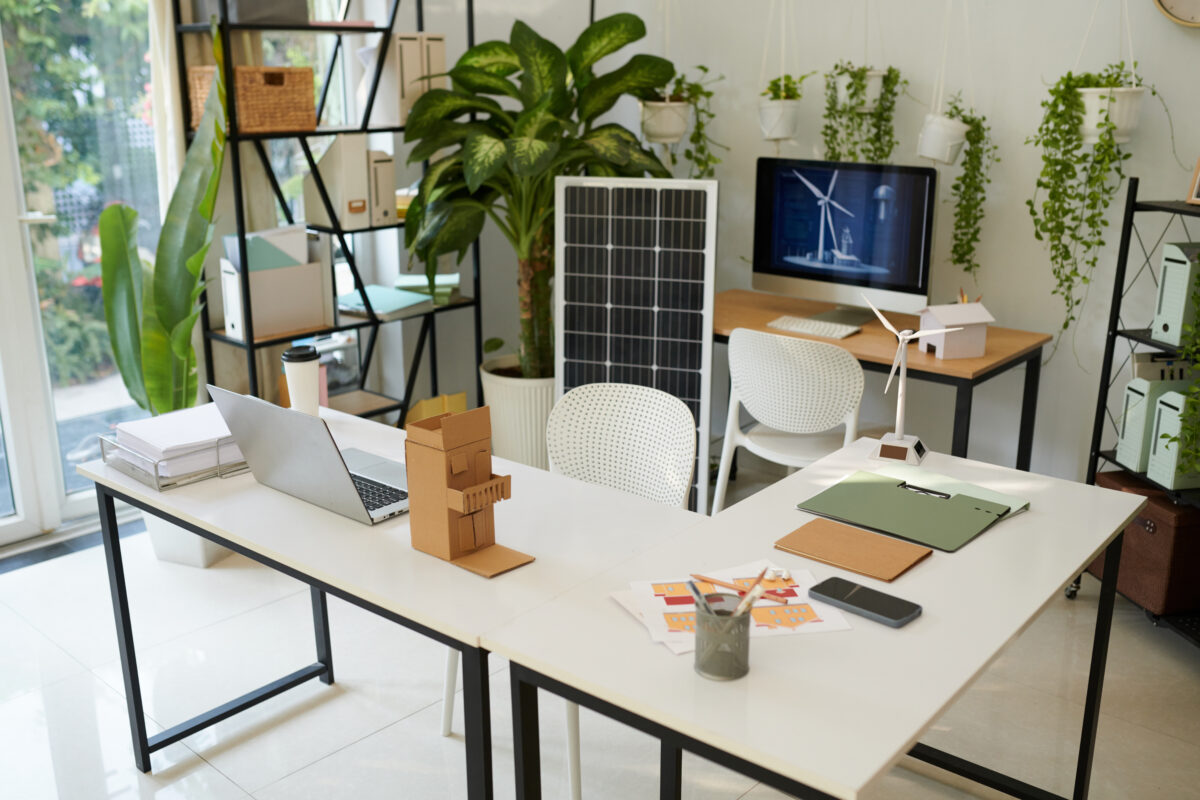Skift Take
Many meeting and event professionals work from home. Climate benefits are associated with not commuting to an office, but home setups aren’t the most environmentally friendly.
Many corporate headquarters were created with energy efficiency in mind. That is different in most home offices. The CO2 spewing out of them can erode the benefits to the environment of not commuting.
“Working from home typically causes fewer emissions compared to office work. While that might reduce the impact of the organization overall, it tends to increase personal impacts at home. So, it’s important for organizations to support workers to keep their energy and waste footprint down,” says Shawna McKinley, principal of Clear Current Consulting which specializes in sustainability for business.
McKinley stresses the importance of focusing on unintended rebound effects. “Working from home usually means we’re commuting short distances less frequently. It may also lead to more frequent long trips, including flights, for recreation and business. So don’t just think about the practices in the physical home office, but how work from home may be changing travel behavior overall,” adds McKinley.
Small Changes Can Make a Big Impact
Small shifts in behavior can lead to lessening one’s environmental impact. The first step is to identify the most common sources of waste in remote work setups. Energy consumption, paper usage, and single-use plastics are among the top offenders.
To tackle energy consumption, consider energy-efficient home office equipment, including LED desk lamps, smart power strips, and eco-friendly computer peripherals. These products not only reduce energy usage but help remote workers save money on their electrical bills.
Unravel Carbon has created a guide to help remote workers reduce their carbon footprint. What started as an internal initiative at this Singapore-based climate tech company, is now a forward-facing guide.
“Many of our team members want to do more to reduce their environmental footprint. However, not everyone has a technical background in sustainability and were keen to learn more about how they could do this,” says Heather Winsor, senior sustainability consultant at Unravel Carbon. “We created the document to give people the tools they need to start taking personal action to protect the environment.”
Some of the suggestions include switching off electrical equipment when not in use. Many appliances and gadgets — including computer speakers, external screens, and laptops — continue to draw power even when they aren’t in use. This phenomenon is known as phantom or vampire energy. Use power strips for your laptops, PCs, printers, and other electronic equipment, and flip them off when not in use.
Other tips from Unravel Carbon include:
Minimize screen brightness as much as possible.
Use LED or other energy-efficient lighting. All smart bulbs are LED bulbs and use at least 75 percent less energy than incandescents.
Minimize the use of paper, printers, and ink, and avoid printing unless absolutely necessary.
McKinley’s tips include: Unsubscribe from junk email lists. Clean up and delete unneeded files and emails to reduce data storage. Turn off the video when not needed. Use standard definition when watching online media when high definition isn’t essential.
How sustainable are you? The United Nations has a carbon offset platform that will help determine your emissions.





